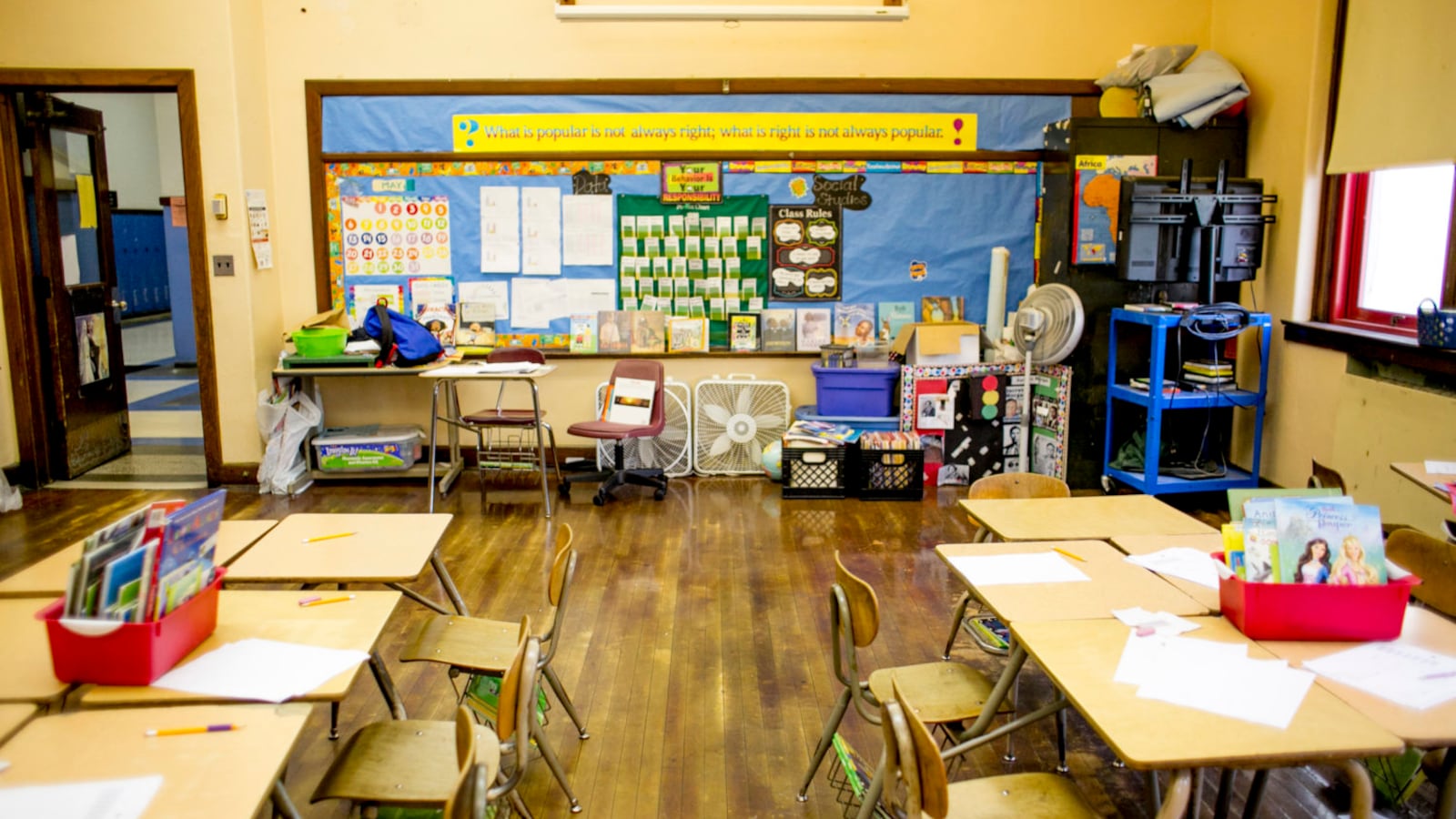More New York City students say there is bullying in their schools, a report released Monday showed. The findings also revealed that many schools reporting the greatest number of violent incidents on campus have no social workers on staff.
The report was commissioned by New York City Comptroller Scott Stringer.
Stringer also released an audit of how school safety matters are recorded, and concluded that the education department should provide more oversight and streamline incident reporting rules.
“The audit found clear breakdowns in communication in the reporting and tracking of incidents and actions taken,” according to a press release from Stringer’s office.
The education department disputed some of the comptroller’s findings, and in a written statement, spokeswoman Miranda Barbot wrote: “We have detailed protocols in place to ensure allegations of bullying are immediately reported, investigated and addressed, and are investing in both anti-bullying initiatives and mental health supports.”
But the pair of reports raises scrutiny of Mayor Bill de Blasio’s school discipline reforms, which favor “restorative” practices that emphasize mediation over punishment, and make it harder to suspend students.
Advocates of the de Blasio reforms say the shift is necessary because black and Hispanic students are more likely to be arrested or disciplined at school. Research has shown such disciplinary action can lead to higher dropout rates. Critics of the reforms, meanwhile, say the changes have created more chaotic schools.
The findings are also likely to add to a chorus of parents and elected officials who say more emotional supports are needed for the city’s most vulnerable students. Students who experience a mental health crisis during the school day may be handcuffed and shuttled to hospitals. The city’s latest budget, which was approved last week, includes an additional $2 million to hire social workers and guidance counselors in schools that currently don’t have any.
Here are some highlights from the reports.
More students report there is bullying in their schools — but the data comes with a catch.
Last year, the education department’s annual survey showed that 82 percent of students said their peers “harass, bully, or intimidate others in school.” That’s up year over year, and up significantly from 65 percent of students in 2012, which was the lowest rate recorded since at least 2010. (De Blasio’s discipline reforms started to take effect around 2015.)
A note about these numbers: Prior to 2017, the survey asked whether students harass, bully or intimidate other students none, some, most, or all of the time. The most recent survey responses were slightly different: none of the time, rarely, some of the time, or most of the time — a change that may have artificially inflated the bullying numbers.
That’s enough to render the survey data unreliable said Max Eden, a researcher who has studied school climate for the conservative-leaning Manhattan Institute — a critic of the mayor’s discipline reforms. Still, taken with other findings, it’s reasonable to think that bullying is on the rise at city schools, he said.
Among the other evidence: A first-of-its-kind report, released this month under a new city law, that showed substantiated bullying incidents are on track to increase this year.
Schools that log the most violent incidents often lack mental health supports.
Guidance counselors and social workers are key when it comes to creating safe schools because they can help address the root cause of violent or troublesome behavior, advocates who want more mental health supports say.
But many of the city’s neediest schools go without that help.
Of the schools reporting the most violent incidents on campus, 36 percent lack a full-time social worker, the comptroller found. On campuses where there are social workers, caseloads are a staggering 700 to one. That far exceeds the recommended ratio from the National Association of Social Workers of 250 general education students per social worker — and it’s higher than the citywide average of 612 students per social worker, according to the comptroller.
The comptroller’ compares that to the ratio of New York Police Department school safety agents who are placed in schools: There is one safety agent per 228 students, according to the report.
“Our city is failing to meet the social and emotional needs of our students,” Councilman Mark Treyger, of Brooklyn, who has pushed the city to report more up-to-date bullying data and to hire more school counselors, said in an emailed statement.
Schools may be underreporting violent incidents, something the education department disputes.
In a separate audit, the comptroller compared logs kept by school safety agents to incident reports filed by school leaders. In 21 percent of cases, incidents that were noted by safety agents were not reflected in the school reports.
The school data, in turn, are used to report incidents to the state for its Violent and Disruptive Incident Report, or VADIR. The discrepancy could raise questions about the already-controversial reporting system. (VADIR has been criticized for classifying schoolyard incidents as serious offenses, and the state has tweaked its definitions in response to those kinds of concerns.)
This finding also comes with some caveats. The comptroller looked at only 10 schools — a tiny sample of the city’s portfolio of about 1,800. And the education department took issue with the methodology.
In its response to the audit, education department officials said that the police data doesn’t align with the state’s reporting categories, and that the information may not be comparable because of student privacy concerns and recordkeeping issues on campuses where multiple schools share a building.

